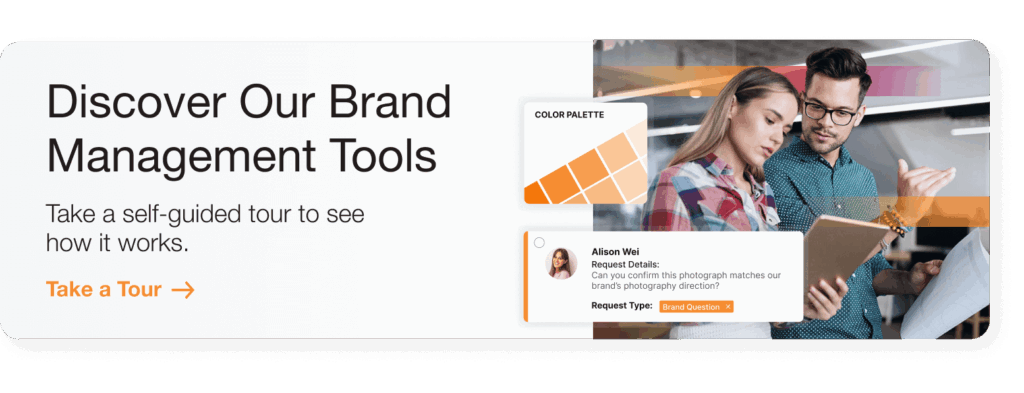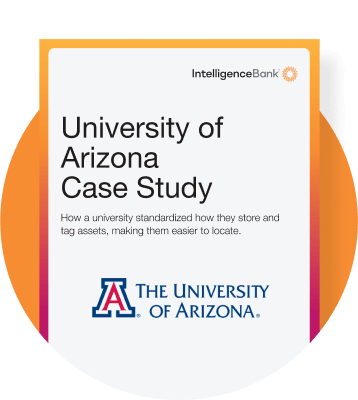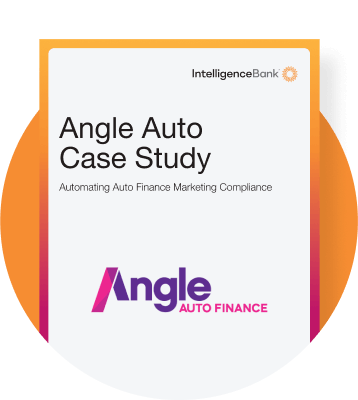A brand portal is a centralized digital hub where all approved essential brand assets and guidelines are housed and easily accessible to authorized users. It’s a comprehensive repository of brand-related resources, including logos, imagery, fonts, brand guidelines, and more. While brand portals are dedicated solely to protecting your brand ID via instructions, organization and downloadable assets, they are not intended to be mysterious vaults. Quite the opposite. They’re designed for easy access to approved users who are never left wondering if they have the correct assets.
Designed for self-service, brand portals provide quick and convenient access to brand assets for internal teams, external partners, and stakeholders. Whether it’s the marketing team crafting a new campaign, a designer working on branded materials, or a third-party brand collaborating on a project, everyone involved can tap into the brand portal to ensure they’re using the latest approved assets and adhering to brand guidelines.
We’ve come a long way from the days of delivering brand guidelines in static PDFs that live buried in share drives with no clue as to their relevancy or currency. A brand portal’s online delivery lends itself brilliantly to presenting rich media such as audio and video that help bring the brand to life.
Regardless of the creative task, adhering to brand guidelines is paramount. This is where a brand portal shines, providing quick and convenient access to all essential brand resources for internal teams, external partners, and stakeholders alike.
The beauty of a brand portal lies in its simplicity and efficiency. A well-crafted brand portal should inspire as well as ensure everyone is on the same page when it comes to brand identity and standards. From logos and imagery to fonts and brand guidelines, everything is meticulously organized and readily available at your fingertips.
Take a tour of our brand portal software to see it in action:
Benefits of a Brand Portal
Consistent brand identity
Unlike static PDFs, brand portals allow downloadable access as well as easy delivery of instructions for logo usage, typography, color palette, tone of voice, and imagery. As a live ‘document’, it helps companies more readily achieve consistent brand identity across all mediums, cutting back the rounds of creative revisions.
Enhanced accessibility and availability
Whether you’re a designer in New York or a social media manager in Nagano, online brand guidelines know no bounds. They eliminate barriers to access and provide instant availability , regardless of users’ location. No more guesswork resulting in misguided logos, inconsistent fonts, or redundant color palettes.
Real-time updates and version control
Brand portals deliver real-time updates, so you can be confident all users are working with the most up-to-date guidelines. This avoids confusion caused by outdated versions, as it’s simply impossible to access the old ones. Version control becomes a thing of the past, saving a tone of time in refinements.
Centralized access to brand-approved assets
Integrating brand-approved assets directly within online brand guidelines is a smart way for companies to simultaneously save time and stay on brand. Employees and partners can instantly access rights approved images,footage and design elements, reducing the need for constant cross checking with the marketing team. Making digital assets available via brand guidelines is a no-brainer to administer and there are plenty of tools available to set parameters and monitor asset usage.
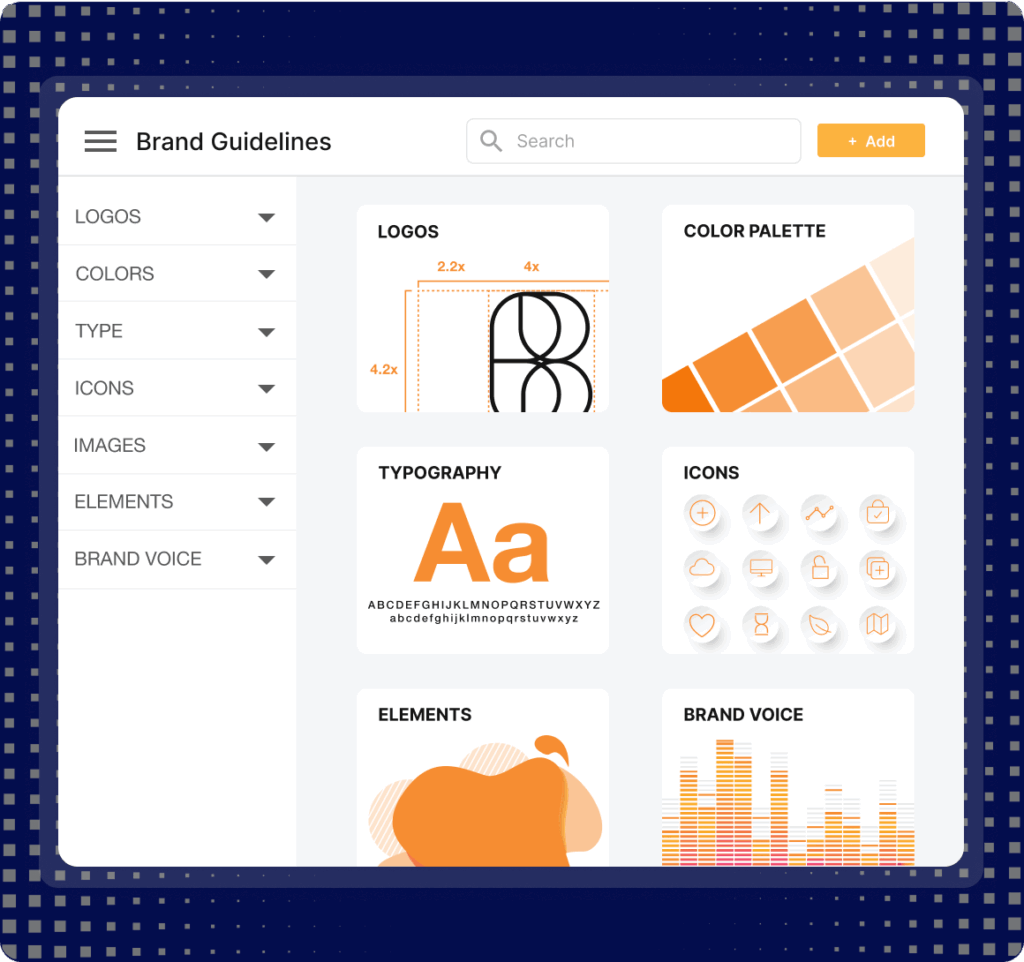
Who Uses Brand Portals?
The benefits of brand portals extend far beyond a single department or function within an organization. So who exactly benefits from these invaluable platforms? There’s actually a diverse range of users:
Marketing Teams
At the forefront of brand promotion, marketing teams rely on brand portals to access the latest brand assets and guidelines for campaign development. Whether it’s creating social media content, or launching email campaigns, marketing professionals depend on brand portals to maintain brand consistency and coherence in their messaging.
Designers and Creatives
For designers tasked with bringing brands to life visually, brand portals serve as treasure troves of inspiration and resources. From logos and imagery to typography and color palettes, designers find everything they need within the confines of a brand portal to ensure their creative output aligns seamlessly with brand identity and standards.
External Agencies and Partners
Collaboration with external agencies and partners is more common than ever. Just look at the 2023 Barbie Movie brand collabs that totalled 100+. Brand portals provide a secure and centralized platform for sharing brand assets and collaborating on projects without compromising brand integrity. Whether it’s a PR agency crafting press releases or a packaging supplier designing product packaging, external partners can access brand assets and guidelines efficiently via brand portals.
Sales Teams
Consistent branding plays a pivotal role in shaping customer perceptions and fostering trust. Sales teams leverage brand portals to access branded materials such as sales presentations, brochures, and product catalogs, ensuring a unified brand experience across all customer touchpoints. With easy access to up-to-date brand assets, sales professionals can confidently represent the brand’s identity and values in their interactions with customers.
Internal Stakeholders
Beyond external-facing communications, brand consistency extends to internal communications as well. Employees across various departments rely on brand portals to access brand guidelines, templates, and assets for creating internal communications, training materials, and company presentations. By ensuring alignment with brand standards internally, organizations can cultivate a strong sense of brand identity and culture among employees.
Brand Managers and Administrators
Charged with overseeing brand integrity and governance, brand managers and administrators are the custodians of brand portals. They play a crucial role in curating and updating brand assets, enforcing brand guidelines, and managing user access and permissions within the portal. Brand portals empower brand managers to maintain tight control over brand assets while facilitating collaboration and accessibility for all users.

Brand Portal vs Brand Management Platform
As useful and handy as online brand portals are, many organizations are looking for more than just asset management. Medium to large teams need a solution that goes beyond centralizing brand assets and guidelines. This is where a brand management platform enters the picture. Brand management platforms contain all the functionalities of brand portals, yet so much more.
In fact, brand portal software is often confused with brand management platforms and creative workflow software. Both are online solutions that exist to make sure your latest brand guidelines are consistently upheld at every touchpoint. Both are presented in a dynamic and interactive way and are used by the same audience. Both are integral components of good brand management. There is one vital difference though – and that is scope.
A brand management platform is a broader piece of software that offers additional features such as project management, workflow automation, creative collaboration tools and templates. It provides a more comprehensive solution for total brand governance and execution. The key differentiator between them and a stand-alone brand portal is that it caters to the end-to-end needs of brand management, from ideation to execution and analysis.
Take a tour of our brand management software to see it in action:
Benefits of Brand Management Software
Ultimately, brand management software helps you simplify processes and collaborate in real time to get great brand compliant content out the door fast. They act as a central hub for asset creation management by facilitating the workflows that support strategy, briefs, timelines, budgets, material distribution, tracking, performance, storage and finally, post-analysis. Here’s a snapshot of just some of their features and benefits:
Centralize and Manage Digital Assets
As well as brand guidelines, brand management software connects to your wider digital asset library enabling you to store, search and share brand approved creative.
Brand Portals
A self-service and always up-to-date online home for your brand assets and guidelines.
Marketing Inbox
Designed to triage and streamline marketing and approval requests, a marketing inbox can also be set up with auto responses.
Creative Templates
Designed to both protect brand IP and allow for simple customization, creative templates are way to deliver pre-approved creative to parts of the business with minimal design skill.
Proofing and Markups
As well as streamlining and centralizing the content creation process, they include traceable proofing, markup and approval features.
Best of all, brand management platforms help you do away with lengthy email chains, and if that doesn’t get you – nothing will.
Who Uses Brand Management Platforms?
Users of brand management software are the same as those using brand portals with a few more notable inclusions:
Project Managers
As distinct from brand portals, brand management platforms cover the entire lifecycle of a piece of content. This is why project managers become some of the biggest users. Project managers use brand management platforms to streamline and coordinate content related projects. They track project timelines, allocate resources, collaborate with team members, and monitor project progress.
Legal and Compliance teams
Legal and compliance staff are important contributors to brand management platforms. They should be included as part of the briefing and approval loop to ensure brand activities adhere to legal regulations and internal policies. They review and approve content before publication, manage trademarks and intellectual property assets, enforce brand usage policies, monitor regulatory compliance, manage risks associated with brand activities, respond to incidents, and provide training and education to employees on legal and compliance matters.
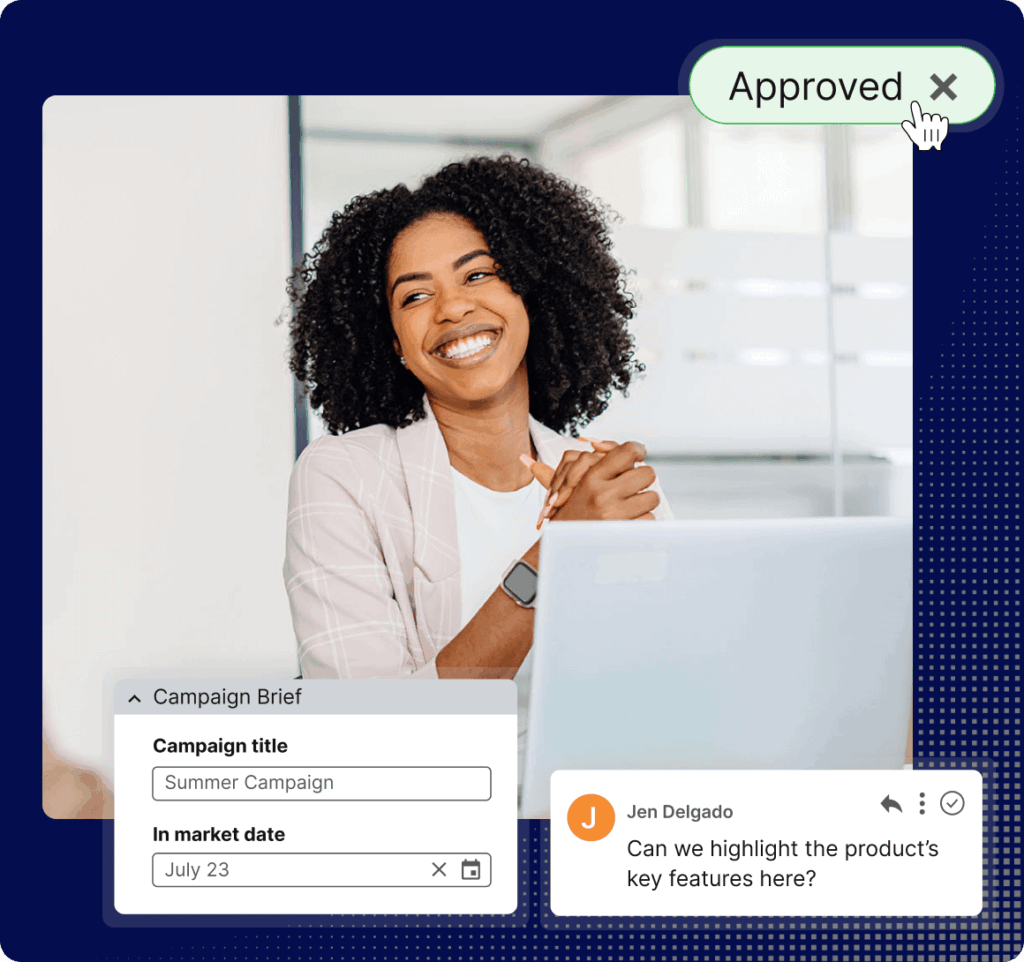
Whether you’re using a brand portal or a comprehensive brand management platform, you’re on the right track to maintaining brand compliance. As we all know, brands aren’t built in a day – it takes consistency over time. Presenting guidelines and assets in an easy to access online format increases the likelihood of them being used and never having to answer the question “Are these the latest guidelines?”.


